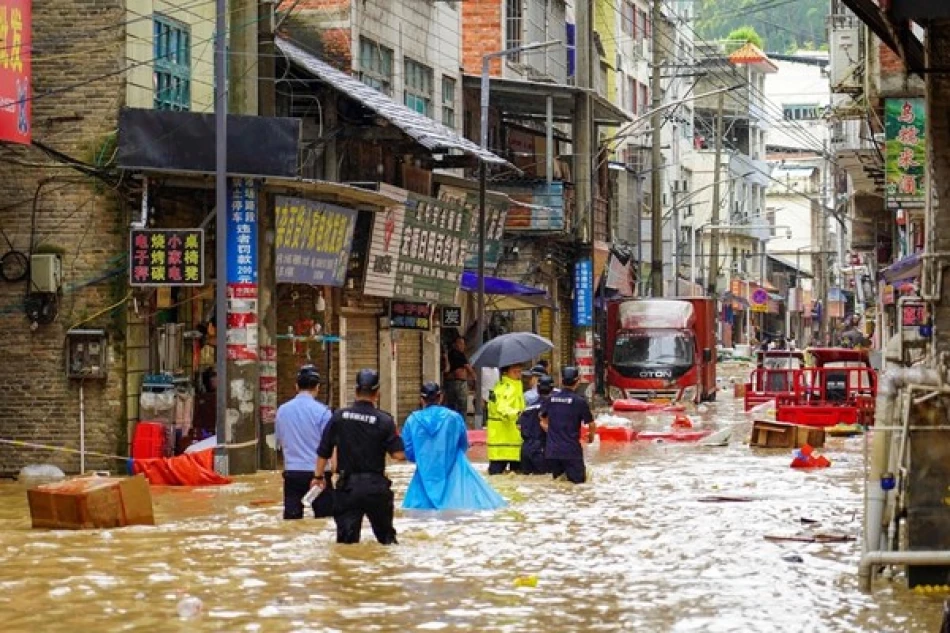
Deadly Floods Ravage Northern China: Casualties and Missing Persons Reported
Inner Mongolia Floods Kill Eight as China Faces Mounting Climate Disasters
Severe flooding in China's Inner Mongolia Autonomous Region has claimed eight lives and left four people missing, highlighting the country's growing vulnerability to extreme weather events that are becoming increasingly frequent and deadly across the world's second-largest economy.
Search Operations Continue Amid Devastating Floods
According to China's official Xinhua News Agency, search and rescue operations remain ongoing in the northern region, with emergency teams successfully rescuing one person so far. The floods represent the latest in a series of climate-related disasters that have struck China throughout 2024, underscoring the mounting economic and human costs of extreme weather.
China's Escalating Climate Challenge
Inner Mongolia, a vast autonomous region bordering Russia and Mongolia, has historically experienced a semi-arid climate with limited rainfall. The severity of these floods signals a concerning shift in regional weather patterns that climate scientists have warned could become more common as global temperatures rise.
China has faced an unprecedented series of natural disasters in recent years, from record-breaking heatwaves in southern provinces to devastating floods along major river systems. The economic toll has been substantial, with infrastructure damage, agricultural losses, and displacement costs running into billions of yuan annually.
Economic and Infrastructure Implications
Inner Mongolia serves as a crucial hub for China's energy sector, housing significant coal mining operations and renewable energy projects. The region's strategic importance to Beijing's energy security makes these climate disruptions particularly concerning for policymakers already grappling with energy transition challenges.
The flooding comes at a time when China is investing heavily in climate resilience infrastructure, including flood control systems and early warning networks. However, the frequency and intensity of extreme weather events appear to be outpacing adaptation efforts, raising questions about the adequacy of current preparedness measures.
Regional Context and Global Patterns
The Inner Mongolia disaster mirrors similar climate-related emergencies across Asia, where countries like Pakistan, India, and the Philippines have experienced devastating floods in recent months. This regional pattern reflects broader global trends, with extreme precipitation events becoming more intense due to a warming atmosphere's increased capacity to hold moisture.
Unlike more densely populated coastal regions, Inner Mongolia's sparse population density may have prevented an even higher casualty count. However, the remote nature of many affected areas also complicates rescue operations and infrastructure repair efforts, potentially prolonging recovery times for isolated communities.
 Layla Al Mansoori
Layla Al Mansoori







